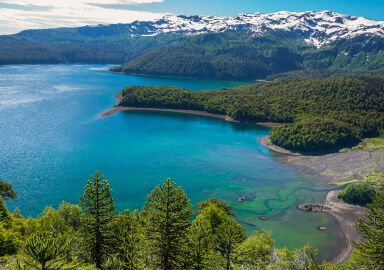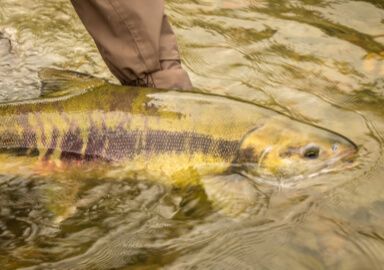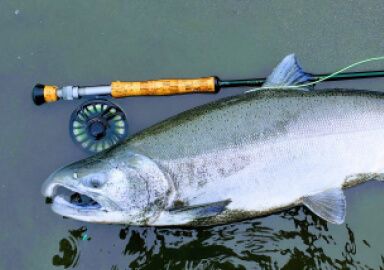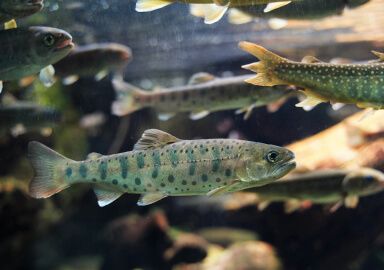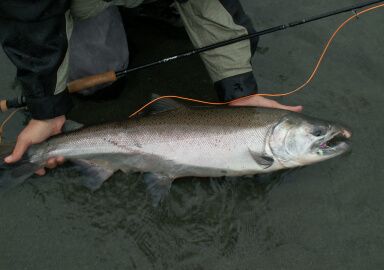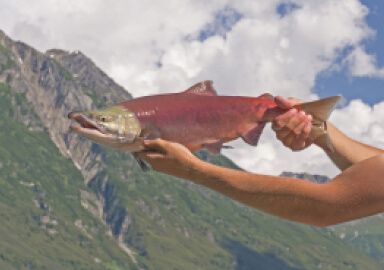Atlantic Salmon
The Atlantic salmon’s Latin name, Salmo salar, means “leaper,” an appropriate moniker for a fish that has been highly sought-after for centuries and has been called the “King of Fish.”
View 17 listings
17
listings
–
price starting from
5
countries
–
to the nearest trip
Where and When?
Atlantic salmon are found in rivers along the coast of Europe, from Scandinavia and Russia south to Spain, and the northeastern coast of North America, from Canada to Connecticut, as well as in rivers in Greenland and Iceland. Landlocked populations are found in many lakes in New England, Canada, Scandinavia, and Russia, as well as Lake Champlain and the Great Lakes.
The peak salmon run happens spring through fall, usually peaking in June, but it depends on the location. Prime time for the fish to come into the rivers of Iceland, for example, is mid-July through August; they may run earlier in the spring in Scandinavia and Russia, and some rivers have fall runs.
About Atlantic Salmon
One of the world’s largest species of Salmon, the Atlantic Salmon is native to the northern reaches of the Atlantic Ocean and the rivers along its coasts. Like all salmon, most populations are anadromous, moving out to sea as they mature and then returning to coastal rivers seasonally to spawn. Unlike Pacific Salmon, which die after spawning, some Atlantic salmon survive and return to the ocean, and then come back to spawn again. Such fish can grow to enormous sizes. Other populations of salmon are considered “ landlocked,” spending their entire lives in freshwater lakes.
Atlantic salmon look different when they move from river to ocean and back. Younger fish in rivers are bronze with red and black spots. Adult fish in the ocean are usually silver, but when they return to the river they become dark bronze and have black spots above the lateral line. The average adult Atlantic salmon is around 30 inches long and may weigh 8 to 12 pounds (3.6 to 5.4 kg).
How to Catch?
Landlocked Atlantic Salmon in lakes are typically caught by trolling or spinfishing. The classic way to catch Salmon in rivers, however, is flyfishing. Flies used range from the classic spey flies used in Europe to wooly buggers and even dry flies in the right conditions. Salmon rivers come in every size—from small streams that are great for wade fishing to big rivers appropriate for float or drift fishing.


